Tags
Related Posts
Share This
Rumelia, Santa Fe, Improv
There is no sound. It is the CD release party of Rumelia, Santa Fe’s Balkan music group, and there is no sound. The members of Santa Fe University of Art and Design’s Balkan Music Ensemble, who have been invited as guests to this event, loiter on the Railyard Performance Center’s makeshift stage of rugs and platforms on the hardwood dance floor.
“How are we?” asks Polly Tapia Ferber, the director of the ensemble. “Are we good?” The audience is restless and ready, but a shout from the sound techies makes it clear that they are going to have to wait for just “one more second.”
“Well,” says Polly, “We’ve been here for hours trying to make sure this wouldn’t happen, but…” She wanders off in search of technical solutions for the lack of sound coming from the ensembles’ microphones.
Rumelia’s Nicolle Jenson, a College of Santa Fe alum, comes to the stage to announce that, “it’s a good thing we have a few tricks up our sleeve!” The group of three female artists joins her to perform two pieces a cappella. The women are performing this evening to celebrate the release of their CD ‘Lost and Found,’ but it is clear that they hardly need their instruments and a recording studio to capture the odd-time signatures and tonalities of the Balkan region of Eastern Europe. Using nothing but their lungs as instruments, they weave their voices together and immediately capture the audience’s revered attention.
When they finish Polly is still scurrying back and forth across the stage checking wires in an attempt to make everything come together.
On stage, just a handful of members of the ensemble lounge with their instruments. The sound problem will be figured out eventually, but this is Santa Fe, and everything is bound to start ten or fifteen minutes late regardless.
Before anyone in the audience quite knows what is going on, sound comes from the stage. Not from the speakers hooked up to the microphones on the stage, but from the stage itself. The few students left on the stage have begun to improvise together—with or without microphone or the rest of the ensemble, the show, it seems, will go on. First drums, then a trumpet join a banjo and guitar to fill the room with music.
“Without a microphone,” sings the guitarist with the slightest hint of a grin on his face, “I can’t do nothin’.” A saxophone joins in, emphasizing how untrue this statement actually is.
Finally, with the audience already gleeful and applauding, the sound is fixed and the Balkan Music Ensemble opens the show with its planned repertoire. The ensemble varies in number, from as few as 9 to as many as 14 musicians working together to create the unusual but surprisingly soothing sounds of Balkan music.
When Rumelia mounts the stage, improvisation seems just as natural a part of the ensemble as the spontaneous jam-sesh that the SFUAD ensemble jumped into earlier.
“It’s the odd-time signatures, the odd tonalities,” explains Nicolle Jenson to the audience, “that makes me love making this kind of music.” Anything odd-time seems fitting in Santa Fe, where a sound system isn’t set up after two hours of preparation and the show begins with an unplanned improvisation. This ability to improvise seems to be an integral part of, rather than a detriment to, the group’s performance. Oftentimes the members of the band eyeball each other halfway through a song, or one measure away from its end, to queue the beginning of a drum solo, or the last riffs to tie the piece off.
This spirit of improvisation and intuition seems contagious. First an older woman dances in the isle, making movements with her hands and hips to match the unusual sounds of Eastern Europe.
“Let’s move the chairs forward, to make some room in the back for dancing,” Nicolle suggests, “because everyone likes to listen to music in a different way.”
By the time Rumelia is nearing the end of their set, half of the audience members are on their feet, writhing, twisting and twirling, listening to the music with their bodies. I look to my right and see a few SFUAD students who had grooved together while the sound was being set up. They tap their knees and tap their feet, not seeming too taken aback by the expressive dancing going on around them, just listening to the music in their own way.






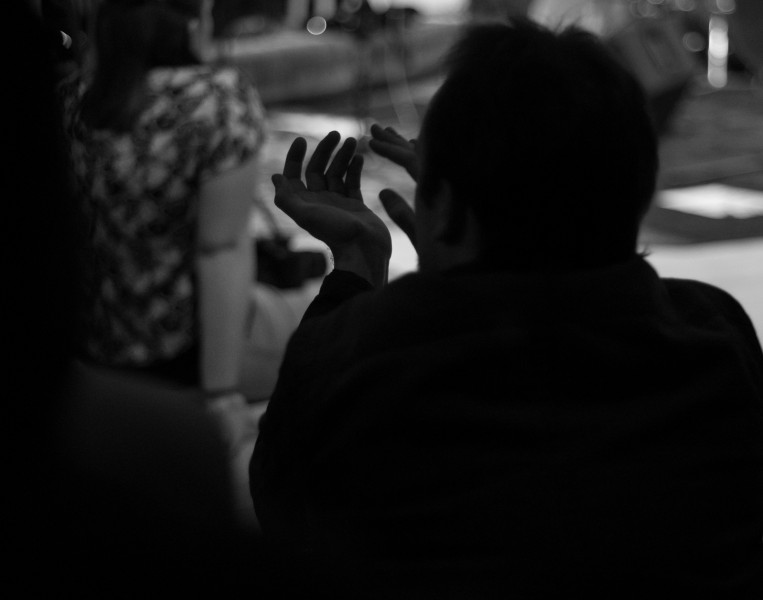
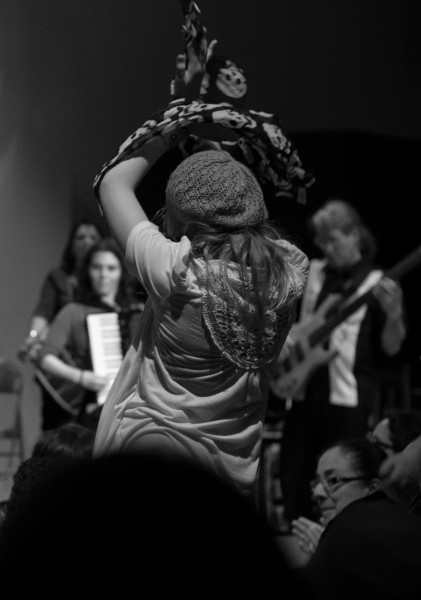
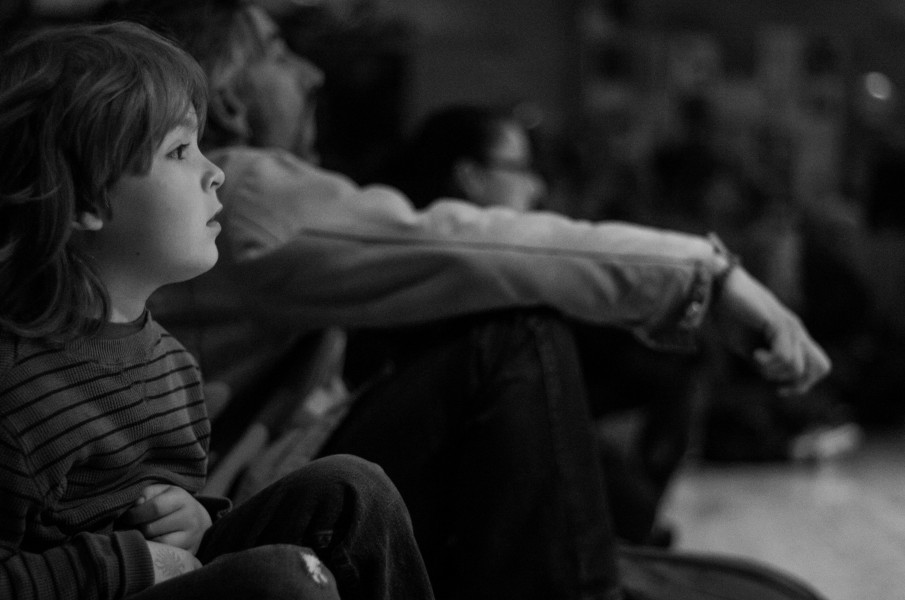
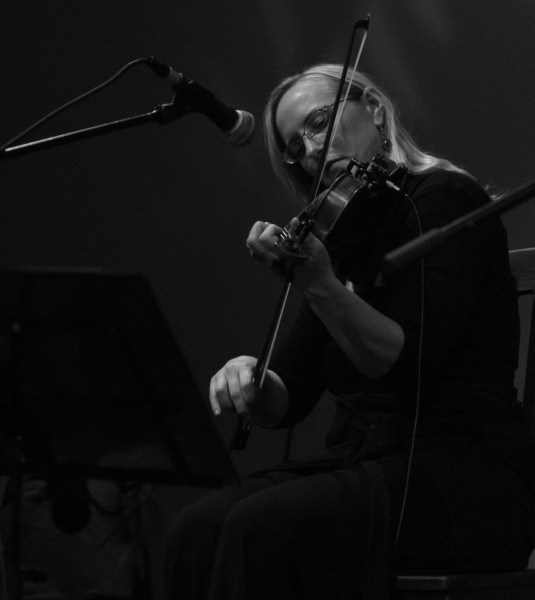
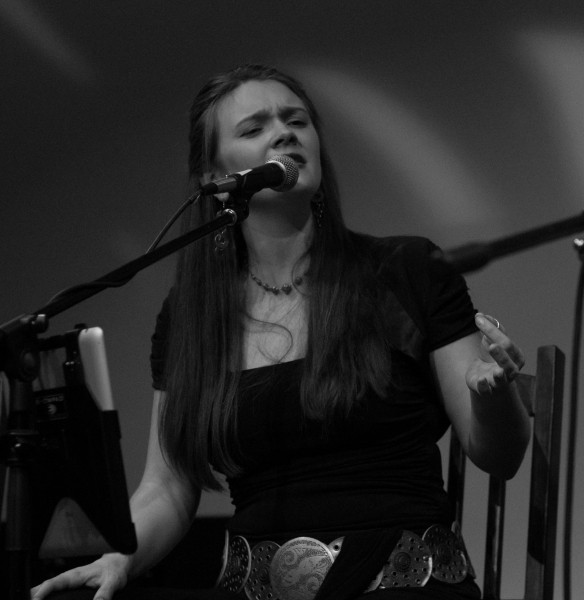
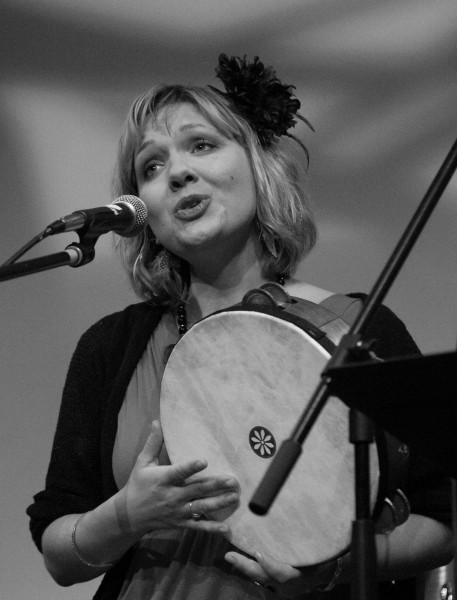
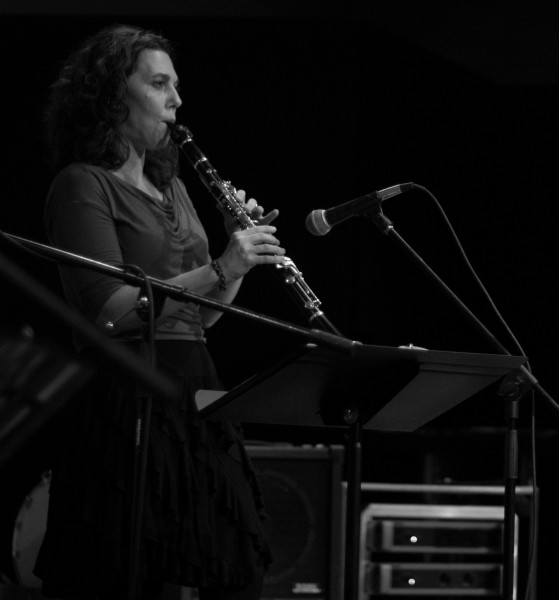
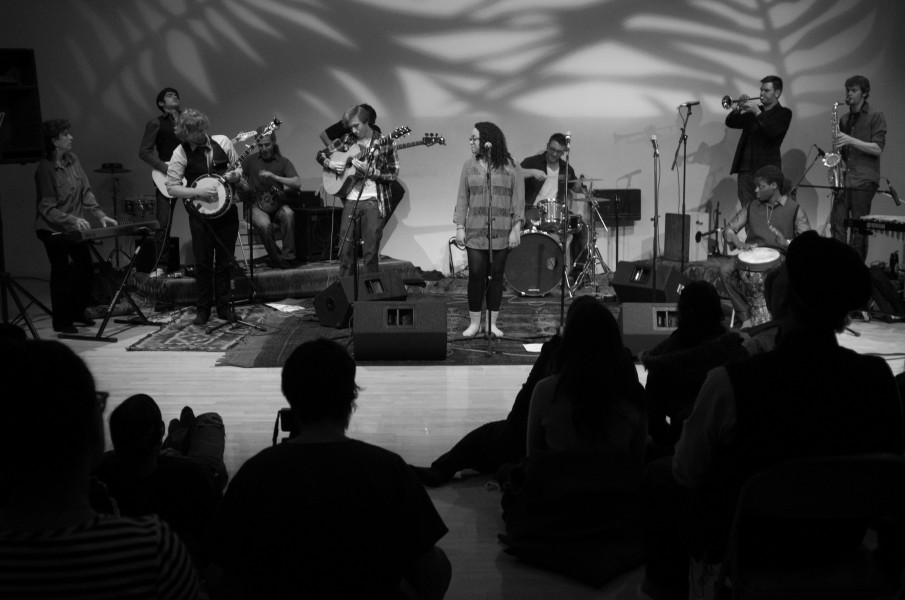
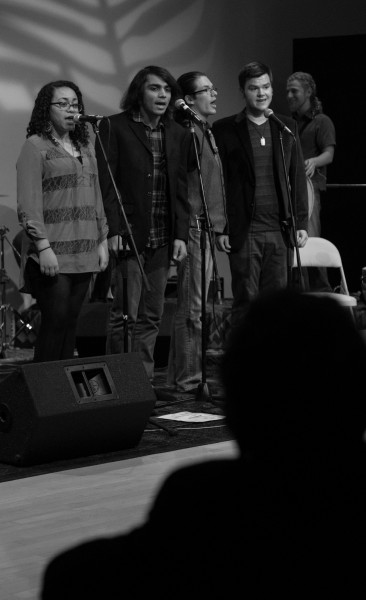
 Jackalope Magazine is the student magazine of Santa Fe University of Art and Design. Building on the interdisciplinary nature of our education, we aim to showcase the talent of our university and character of our city.
Jackalope Magazine is the student magazine of Santa Fe University of Art and Design. Building on the interdisciplinary nature of our education, we aim to showcase the talent of our university and character of our city.